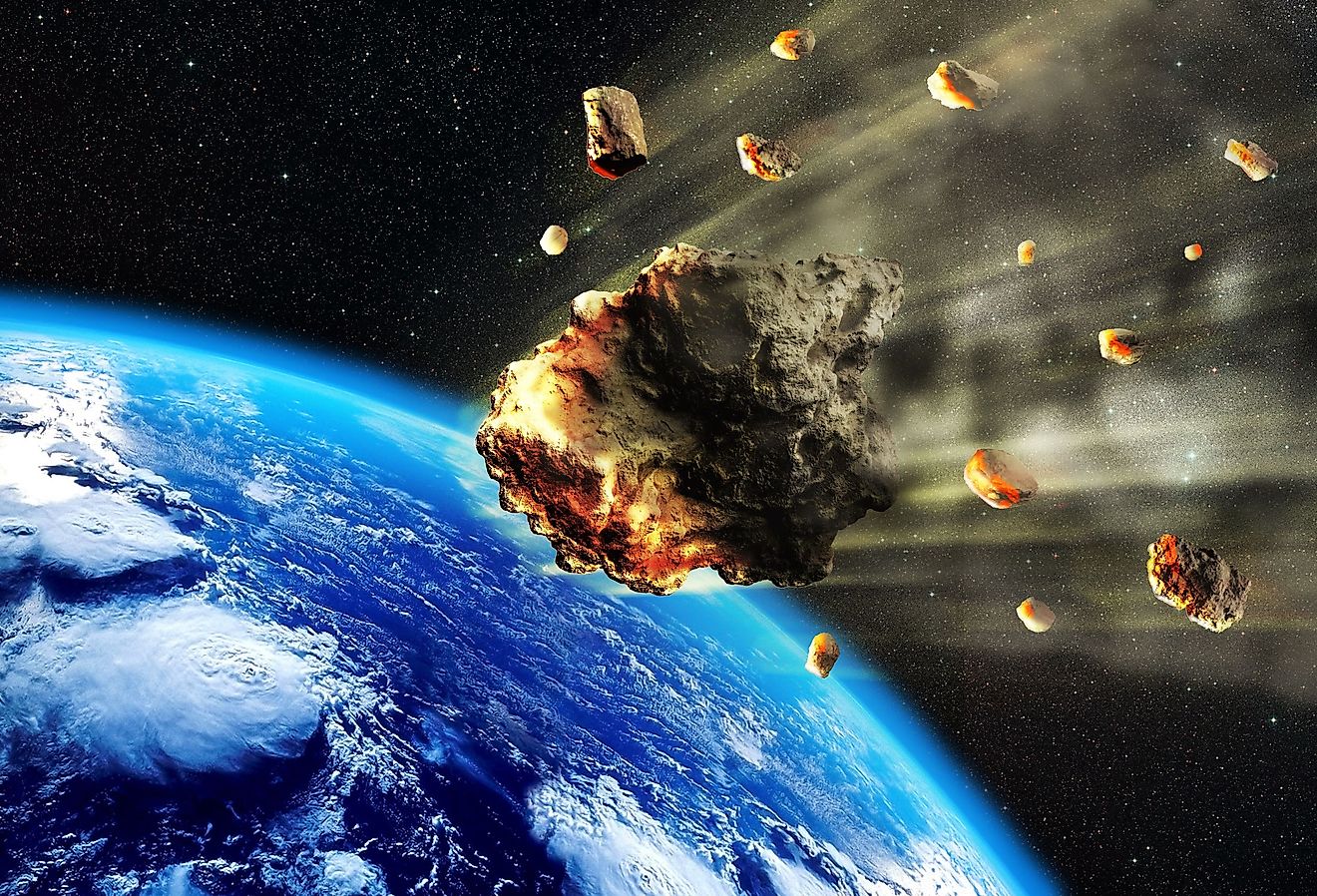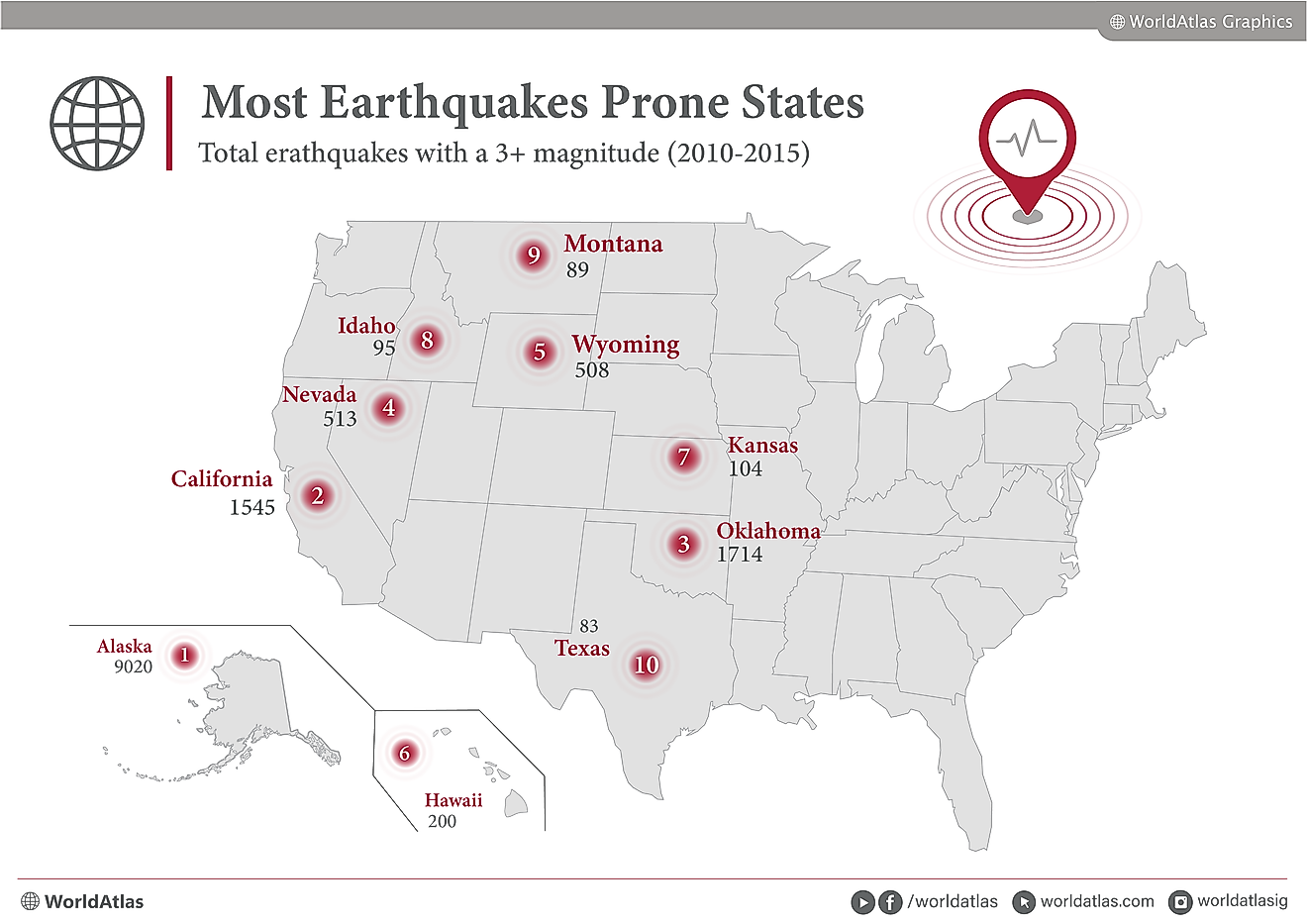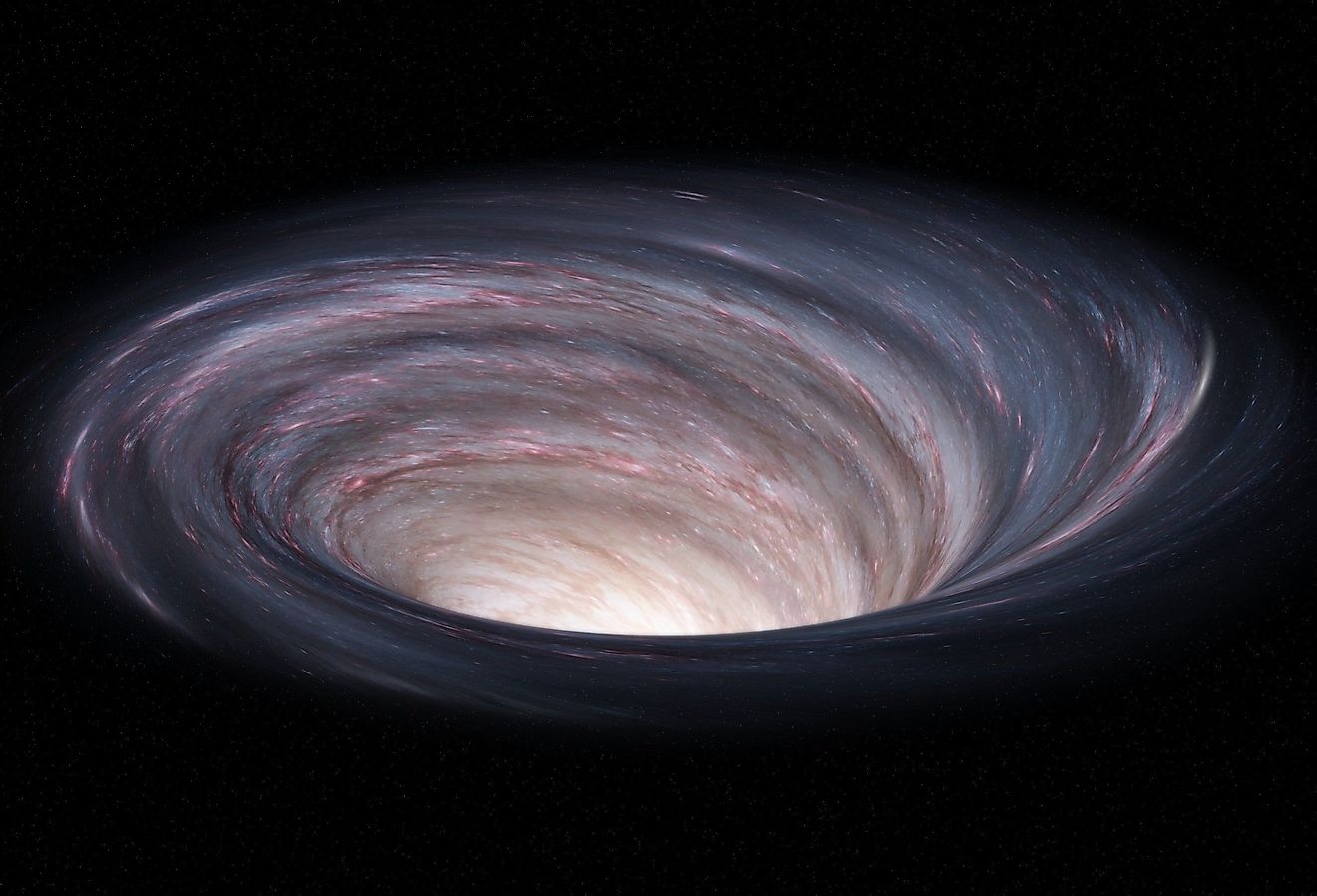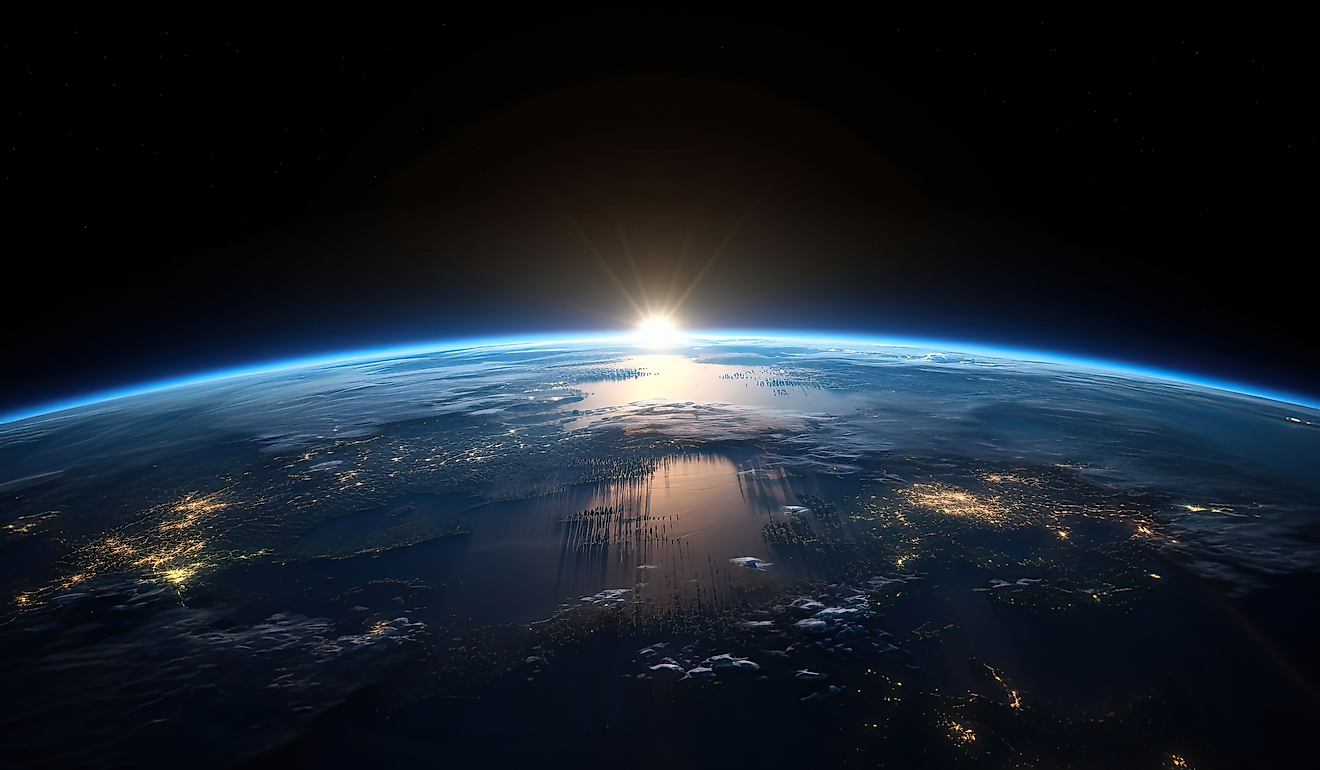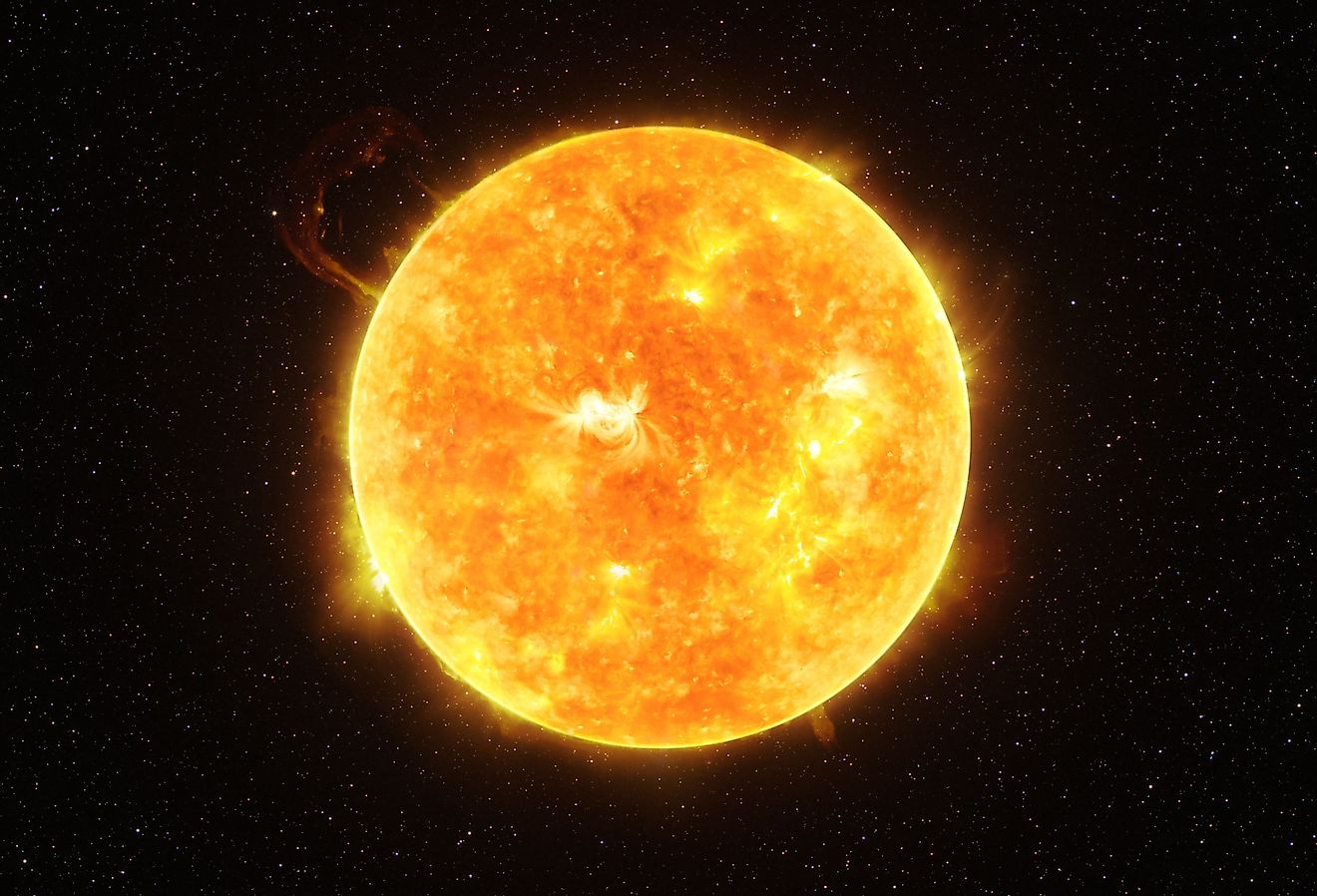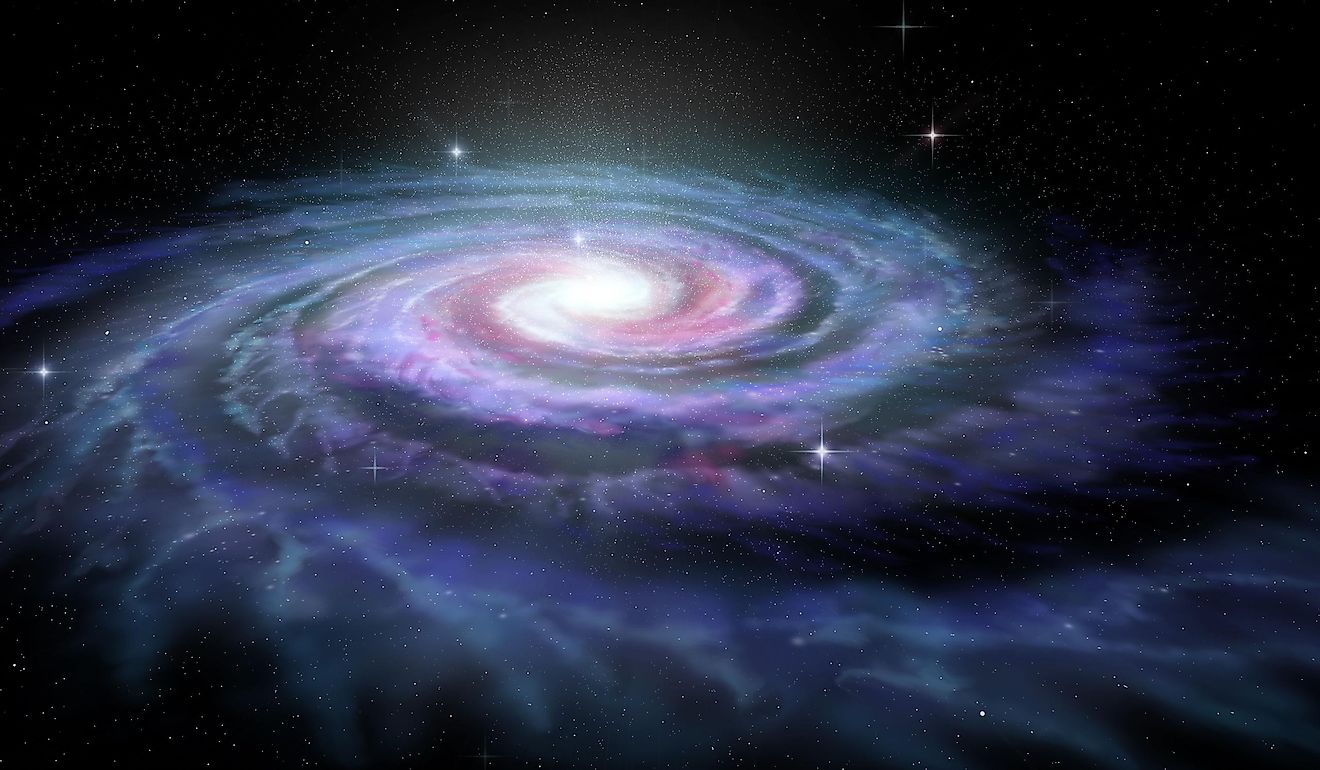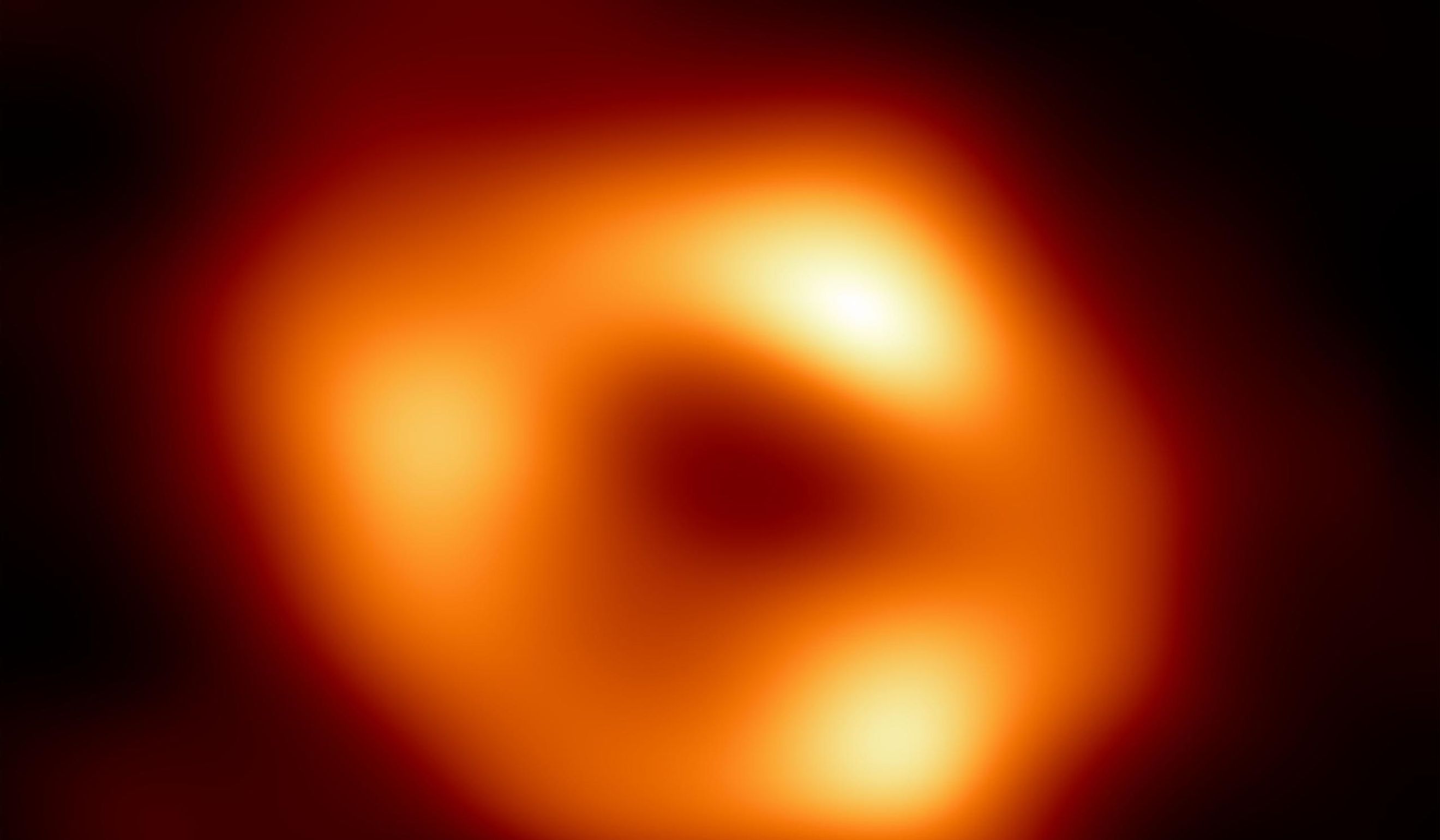
Can Black Holes Be Tangles in the Fabric of Space-Time?
Astronomy is the first science. Or so many scientists believe. Others think that it is but one of the oldest sciences on the planet.
Early humans, just getting the hang of walking upright, gazed into the night sky 2 million years ago and saw a fuzzy light that seemed to want to compete with the moon's majesty. They would never know that the glow emanated from a supermassive black hole in the center of our galaxy.
Centuries came and went. People started tracking the moon’s phases during the Upper Paleolithic period. In 10,000+ BCE, humans predicted the seasons using astronomy. Doing this helped them plan their agricultural activities and measure time.
We went from using sundials to the heliocentric theory to the invention of the refractor telescope. Galileo used the telescope to discover Jupiter’s rotating moons. He saw objects that did not seem to revolve around our planet. When he defended the heliocentric universe model, the church condemned and forced him to renege on his findings. The church sentenced him to house arrest, and he stayed there until he died in 1642.
Nothing more was said or noted about black holes. Sir Isaac Newton invented the reflecting telescope in 1668 A.D. and wrote a book in which he agreed that the Earth rotates around the sun. One hundred and thirteen years later, Messier finally discovered some of the star clusters and galaxies we know today.
And then, another 17 years on, Laplace suggested that such a thing as black holes exist in the vast expanse of space. This theory was lightly foreshadowed by British scientist John Michell in 1783 when he wrote that light cannot escape from extremely massive objects, given their size.
Einstein Laid The Foundation For The Concept Of Black Holes
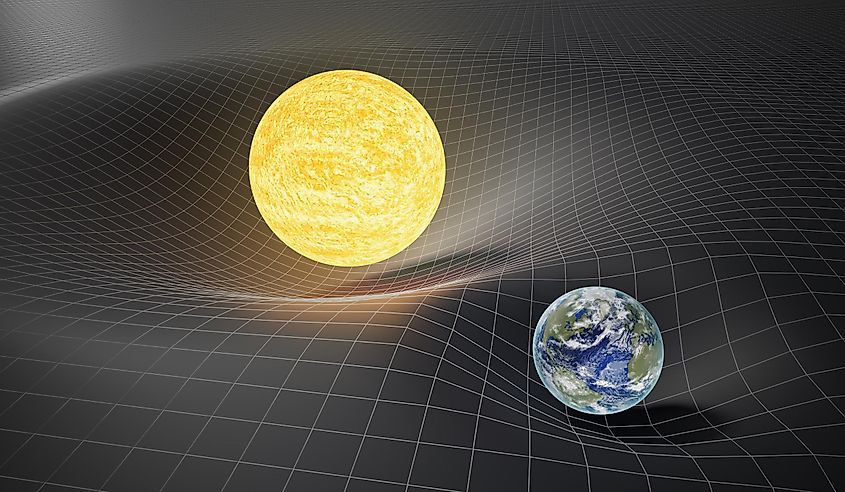
Albert Einstein began working on his now-famous theory of relativity in 1905. He described the effect he believed gravity has on the fabric of space-time. Einstein had no set frame of reference for his theory. Instead, he explained that each time you measure the velocity of an object, how it interacts with time, or its momentum, it is always related to something else. Moreover, the speed of light stays the same, and nothing is faster than light.
General relativity, therefore, means that gravity is not a force per se. It is a curvature of space-time caused by incredibly massive objects. Picture a bowling ball in the center of a trampoline, if you will. The dent the ball causes in the middle of the trampoline is similar to what a massive star does to the space-time around it; it curves it.
According to the theory of general relativity, the stronger gravity becomes, the more curved space-time becomes. If a gigantic star dies, it can collapse in on itself. This event creates a space where the curvature of space-time becomes extreme. This extremity causes the escape velocity (speed required to escape gravity) to exceed the speed of light.
The area of extreme curvature is what we know as a black hole today. Light travels in a straight line and cannot escape a black hole’s gravity pull. The border around a black hole where the escape velocity reaches the speed of light is known as the event horizon.
Einstein’s theory predicted the possibility of black holes. But he doubted their existence.
What We Know About Black Holes Today
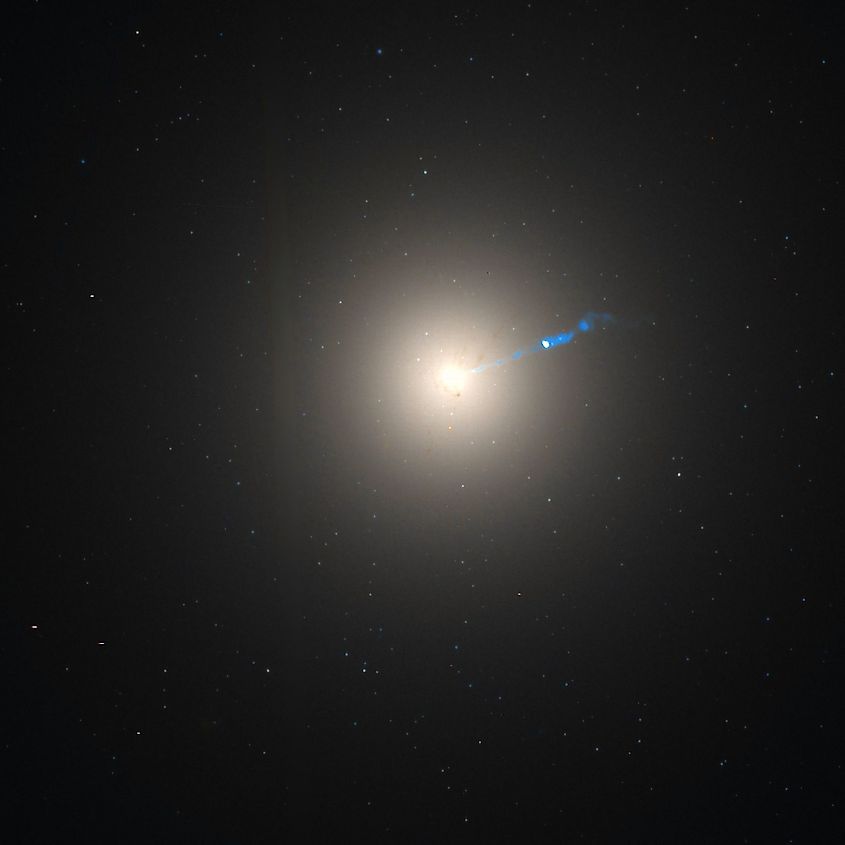
Today, we know that not only do black holes exist, but our galaxy alone could contain over 100 million of these enigmatic structures. At the center of the stunning Milky Way lies Sagittarius A*. Scientists believe this fuzzy moon-sized light early humans noticed in the sky millions of years ago came from this very same black hole. And in 2022, the Event Horizon Telescope astronomers released the first image of Sagittarius A*. It was not the first image of a black hole, however. That honor was reflected in the image taken of M87*, which was revealed in April 2019.
Today, we know that black holes are not holes. They consist of immense collections of matter crammed into impossibly tiny spaces. We know that black holes are incredibly dense. The gravity existing beneath its surface (event horizon) does not allow anything, including light, to escape.
The nearest known black hole is 1,500 light-years away from Earth and is called Gaia BH1. The furthest one detected thus far lies 13 billion light-years away and is known as QSO J0313-1806. The biggest black hole, TON 618, is 66 billion times the mass of the sun. The smallest is 3.8 times the Sun’s mass and is located alongside a star. By contrast, Sagittarius A* is up to 4 million times the sun’s mass and is informally known as a monster black hole. Monster black holes that sit in the middle of galaxies (like Sgr A*) have the potential to launch particles at nearly the speed of light.
We also know that black holes are invisible to any telescope. They affect their immediate surroundings, which is how scientists can detect them. Often, black holes have perceptible rings around them consisting of gas or dust. These rings are known as accretion disks. Supermassive black holes have even stronger gravity. So much so that they can pull stars in orbit around them; this is how astronomers proved that the Milky Way is home to Sgr A*.
Black holes can also fragment or bend light emanating from other objects, making it slightly easier to find them. Massive objects hurtling through space at an increased speed create ripples known as gravitational waves. Sometimes, scientists can ‘see’ these objects by observing the effect of the ripples on detectors.
Incredible New Research Suggests Black Holes May Be Tangles In The Fabric Of Space-Time
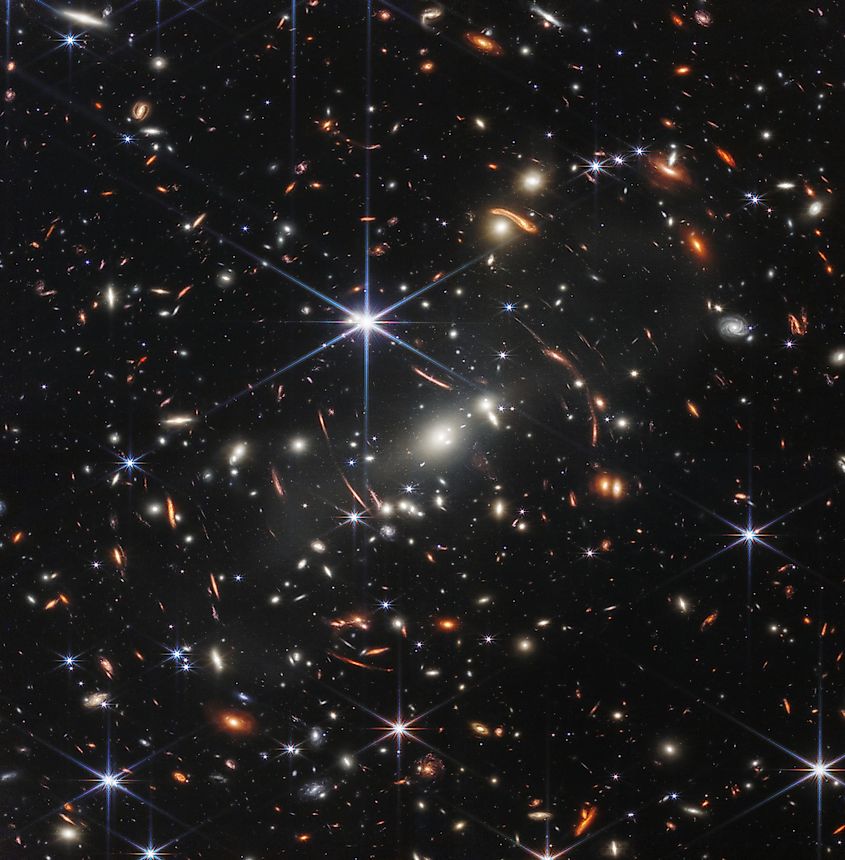
Scientists continue to study and find black holes in 2024. Researchers announced in January that they had discovered the oldest black hole to date. The research team believes the black hole, detected using the James Webb Space Telescope, dates back 13 billion years ago. They also believe that it is slowly ‘eating’ its host galaxy and that the galaxy will eventually die. The black hole sits in the GN-z11 galaxy and is 6 million times the sun’s mass. If the galaxy dies, so will the black hole as it cuts off its own fuel source.
One of the most incredible research studies, however, has taken on an entirely new angle when it comes to black holes. In 2023, physicists made a strange discovery. They uncovered a space-time ‘twist’ that mimics black holes up to a point. Theoretically, this means there are kinks in the fabric of space-time. And they could exist through the universe. Physicists believe that finding these kinks, known as topological solitons’, would further the current understanding of quantum physics.
As it stands, black holes do form when a star collapses under its own sheer weight. Gravity does not stop when this happens and keeps drawing everything in until what is left of the star compresses into a singularity. The event horizon borders this singularity and indicates the edge of the black hole. Whatever enters this border never comes out.
But, singularity or points of infinite density cannot exist in reality. Einstein’s theory correctly predicted the existence of black holes, but physicists have yet to find what should be in the place of singularity. Figuring out what should go in the place of singularity means understanding unbelievably strong gravity at the tiniest scales, known as quantum gravity. There is no existing viable quantum theory of gravity. However, string theory suggests that instead of particles, our universe consists of vibrating strings. It also suggests that there are extra dimensions in the universe, so small and curled within themselves that we cannot tell they are there.
The tangles in space-time theory suggest that black holes are not gravity monsters but warped areas of space-time (topological solitons), almost like wrinkles or folds in a piece of fabric. According to the new study, these defects are caused by these extra compact dimensions. Other theories, including string theory, suggest that solitons can bend light and trap matter like black holes, but it only seems that way from a distance.
There is no way to directly observe solitons yet, so scientists are studying how light and matter interact with them. This will help differentiate solitons from real black holes.
This active area of research could overhaul our understanding of gravity and black holes. It could give more insights into quantum gravity, which aims to combine gravity with quantum mechanics. It would also allow for the direct study of string theory.
But only if scientists find a way to get close enough.
